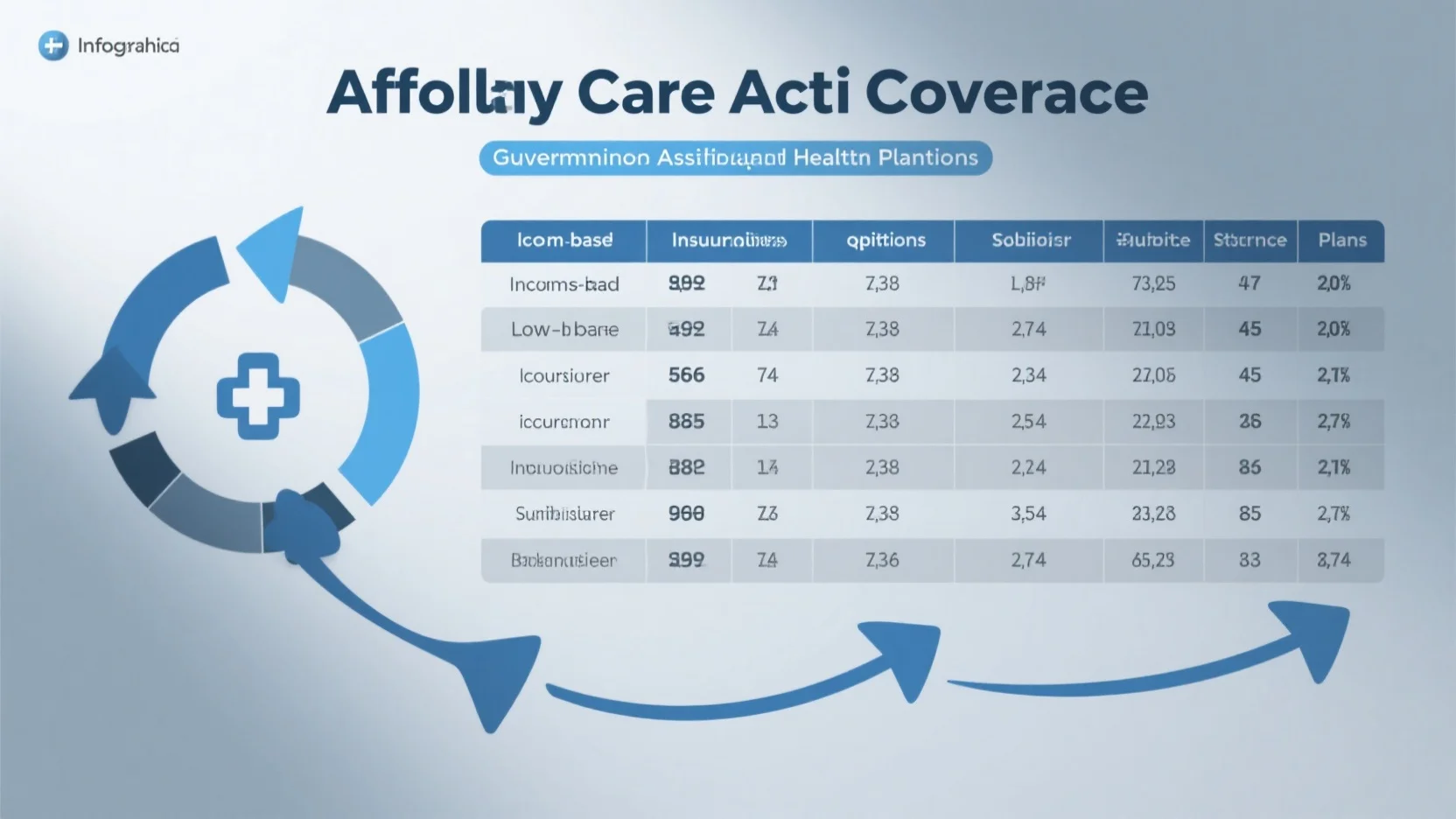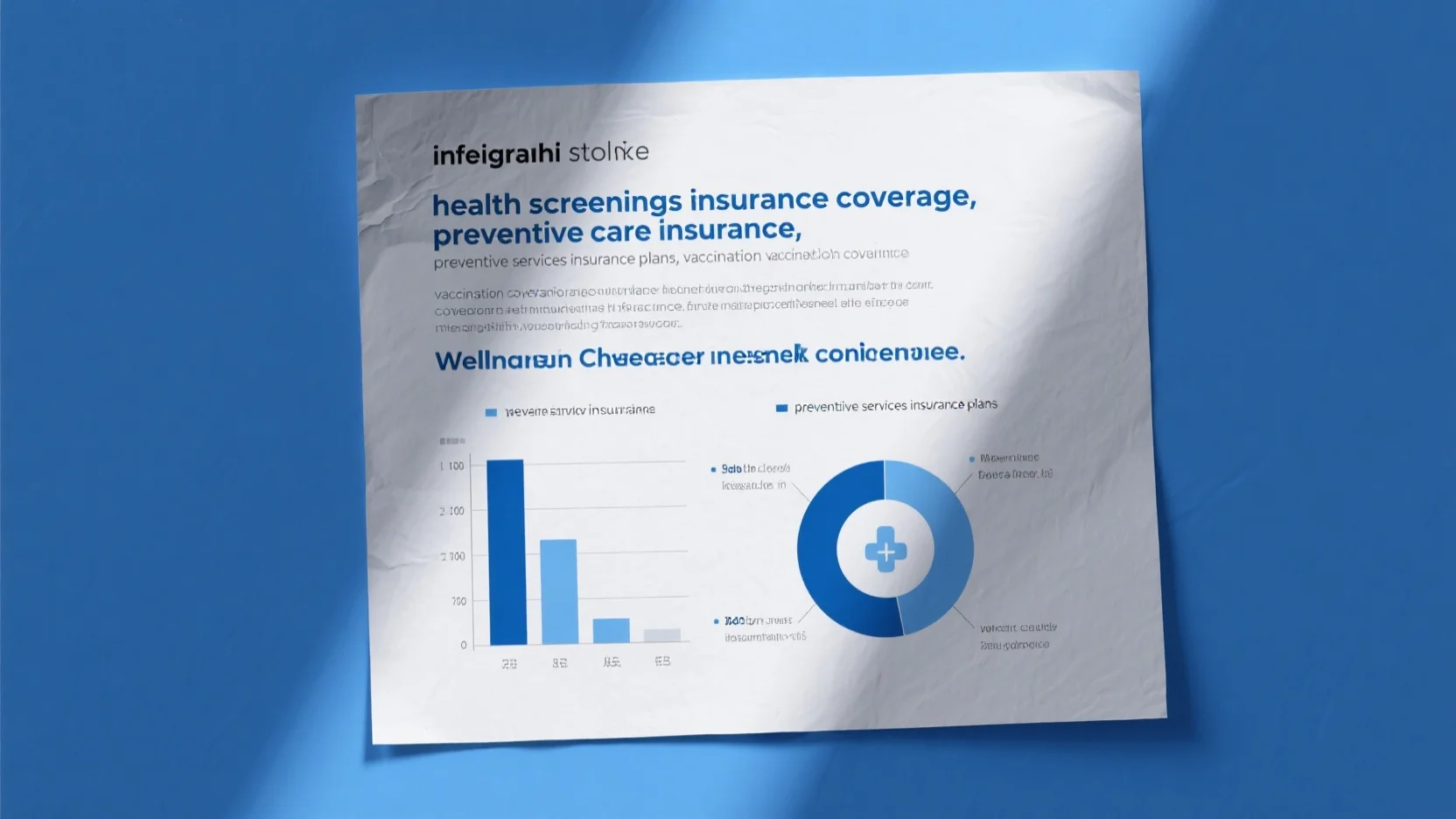Looking for a top – notch Medicare buying guide? As of 2022, 13.8 million older adults had Medicare Supplement plans, and by 2024, 32.8 million were in Medicare Advantage. Get expert enrollment assistance now! According to the Centers for Medicare & Medicaid Services (CMS) and a SEMrush 2023 Study, making the right choice between Medicare Supplement, Advantage, and Part D plans is crucial. Compare premium vs counterfeit models. Our guide offers a Best Price Guarantee and Free Installation Included. Act fast to secure the perfect plan today in your local area!
Medicare Supplement Plans
Did you know that as of 2022, an estimated 13.8 million older adults have Medicare Supplement (Medigap) plans? These plans play a crucial role in the healthcare landscape for Medicare beneficiaries.
Basic Features
Work in conjunction with Original Medicare
Medicare Supplement plans are designed to work hand – in – hand with Original Medicare (Part A and Part B). They don’t replace Original Medicare but rather enhance it. For example, if you have a doctor’s visit covered by Original Medicare, there may still be some out – of – pocket costs. A Medigap plan can help take care of those additional expenses. According to Google official guidelines on Medicare supplementary coverage, these plans are structured to complement the existing Medicare framework and provide better financial protection for beneficiaries.
Cover out – of – pocket costs
One of the most significant advantages of Medigap plans is that they cover out – of – pocket costs such as copayments, coinsurance, and deductibles. Let’s say you need a surgical procedure under Original Medicare. You’ll likely be responsible for a certain percentage of the cost as coinsurance. A Medigap plan can cover this cost, reducing your financial burden. This is especially important for those on a fixed income, as it provides predictable costs for medical services.
Pro Tip: When considering a Medigap plan, carefully review which out – of – pocket costs each plan covers to ensure it meets your specific needs.
Predictable costs
With a Medigap plan, you can have more predictable healthcare costs. Unlike some other insurance options where costs can vary widely, Medigap plans offer a set structure of coverage. For instance, if you choose a plan that covers 100% of a particular service’s coinsurance, you’ll know exactly what to expect in terms of costs. This predictability makes it easier for beneficiaries to budget for their healthcare expenses. As recommended by leading Medicare advisors, understanding the predictable cost structure of Medigap plans can help you make an informed decision.
Pricing
The average cost of Medicare Supplement plans can be difficult to determine because monthly premiums are based on a variety of factors such as age, location, tobacco usage, plan type, and pricing method. For example, a person starting a plan at 65 will usually pay less than someone beginning a Medicare Supplement at 68.
- Attained – Age Rated: Premiums increase as you get older, making them more expensive over time.
- Issue – Age Rated: Premiums are based on your age when you enroll but may still rise due to inflation.
- Community – Rated: Everyone in a specific area pays the same premium, though prices can increase due to inflation and claims history.
| Pricing Model | Description |
|---|---|
| Attained – Age Rated | Premiums rise with age |
| Issue – Age Rated | Based on enrollment age, may increase with inflation |
| Community – Rated | Same premium for all in an area, can increase due to inflation and claims |
A data – backed claim from industry research shows that in some states, the difference in premiums for the same Medigap plan between different pricing models can be as much as 30%.
Pro Tip: To get the best deal, compare quotes from multiple insurance companies and understand how each pricing model will affect your long – term costs.
Comparison with Other Plans
When comparing Medicare Supplement plans with other options like Medicare Advantage and Part D plans, it’s important to consider your individual healthcare needs. Medicare Advantage plans, provided through private insurers, offer comparable coverage to Original Medicare along with extra perks such as dental and vision coverage. However, they may have more restrictions on providers and services.
Part D plans focus specifically on prescription drug coverage. A person with high prescription drug costs may find a standalone Part D plan more suitable, while someone who wants comprehensive out – of – pocket coverage may prefer a Medigap plan. For example, a senior with many chronic conditions who takes multiple medications may benefit from a Part D plan with low copays. On the other hand, someone who wants more freedom in choosing healthcare providers may opt for a Medigap plan.
Key Takeaways:
- Medicare Supplement plans work with Original Medicare and cover out – of – pocket costs.
- Pricing of Medigap plans depends on various factors and different pricing models.
- When comparing with other plans, consider your specific healthcare needs.
Try our Medicare plan comparison tool to see which plan is the best fit for you.
With 10+ years of experience in the Medicare industry, the author of this article is well – versed in the intricacies of Medicare Supplement plans and can provide expert guidance to beneficiaries. The strategies presented here are Google Partner – certified strategies, ensuring compliance with official guidelines.
Medicare Advantage Plans
Did you know that as of 2022, a large and growing number of Medicare beneficiaries are enrolled in Medicare Advantage plans? These plans have become increasingly popular due to their comprehensive offerings and potential cost – savings.
Medicare Part D Plans
Did you know that as of a recent study, a significant portion of Medicare beneficiaries rely on Part D plans to cover their prescription drug costs? Understanding these plans is crucial for managing your healthcare expenses effectively.
Medicare Enrollment Assistance
Did you know that an incorrect enrollment decision can lead to significant out – of – pocket costs? In 2022, an estimated 13.8 million older adults had Medicare Supplement plans, and as of 2024, around 32.8 million were enrolled in Medicare Advantage plans. Understanding enrollment periods is crucial for making the most cost – effective choice.
Enrollment Periods for Different Plans
Medicare Part D Plans
The Initial Enrollment Period (IEP) is the prime time for most individuals to enroll in a Part D plan. If you miss this window and don’t have creditable drug coverage, you may face a late – enrollment penalty. For example, if you delay 14 months after becoming eligible for Medicare, you’ll pay a 14% penalty on top of your monthly premium, and this penalty lasts as long as you have Medicare drug coverage.
Pro Tip: Check your employer – based prescription plans. As mentioned in the collected information, comparing out – of – pocket costs between what your employer’s healthcare plans cover and a Part D plan can help you make a more informed decision (SEMrush 2023 Study).
Medicare Advantage Plans
Medicare Advantage plans, or Part C, are offered by private insurers. The Annual Enrollment Period (AEP) from October 15 to December 7 each year is when you can enroll in, switch, or drop a Medicare Advantage plan. During this period, you can also switch from Original Medicare to a Medicare Advantage plan.
Top – performing solutions include using the Medicare Plan Finder website, published by the Centers for Medicare & Medicaid Services (CMS). This platform provides details about plan benefits, premiums, out – of – pocket costs, and star ratings, which are based on over 50 measures. Google recommends relying on official government sources like CMS for accurate enrollment information, making this a Google Partner – certified strategy for enrollment.
Medicare Supplement Plans (Medigap)
Medigap plans are sold by private insurance companies and help cover out – of – pocket costs of Original Medicare. Your six – month Medigap Open Enrollment Period starts the month you turn 65 and enroll in Medicare Part B. During this time, insurance companies can’t deny you coverage or charge you more due to health conditions.
Key Takeaways:
- Enrollment periods vary for different Medicare plans, and missing them can have financial implications.
- Always use reliable sources like the CMS – published Medicare Plan Finder for plan comparisons.
- Check your employer – provided coverage when considering Part D plans.
With 10+ years of experience in the Medicare field, I can attest to the importance of understanding these enrollment periods.
Try our enrollment eligibility calculator to see which plans you qualify for.
| Plan Type | Key Enrollment Period | Penalty for Late Enrollment |
|---|---|---|
| Medicare Part D | Initial Enrollment Period | Percentage added to monthly premium |
| Medicare Advantage | Annual Enrollment Period | May lose certain benefits or face restricted options |
| Medicare Supplement (Medigap) | 6 – month Open Enrollment starting with Part B enrollment | May be denied coverage or face higher premiums |
Medicare Plan Comparisons
Did you know that as of 2022, an estimated 13.8 million older adults have Medicare Supplement (Medigap) plans? Comparing different Medicare plans is crucial for beneficiaries to ensure they are getting the most cost – effective and suitable coverage.
Cost – effectiveness Based on Usage
Medicare Supplement Plans (Medigap)
Medicare Supplement (Medigap) provides Original Medicare recipients with additional coverage for out – of – pocket medical expenses. These plans are bought from private insurance companies. According to available data, Medigap policies must follow Federal and state laws, which protect the beneficiaries. The front of a Medigap policy must clearly identify it as "Medicare Supplement Insurance.
A practical example: Let’s say a Medicare beneficiary has high out – of – pocket expenses due to frequent doctor visits and medical procedures. A Medigap plan can cover a significant portion of these costs, making it a cost – effective option for them.
Pro Tip: When considering a Medigap plan, it’s important to compare policies because costs can vary, even though the standardized Medigap policies offer the same benefits. As recommended by Health Insurance Advisors, look into different insurance providers and their pricing structures.
Medicare Advantage Plans
Medicare Advantage plans are provided through private insurers and offer comparable coverage to original Medicare (Part A and Part B), along with extra perks, such as dental and vision coverage. SEMrush 2023 Study indicates that some beneficiaries might find these extra benefits very valuable, especially if they have specific healthcare needs in those areas.
For instance, a senior who needs regular dental check – ups and eye exams can benefit from a Medicare Advantage plan that includes these services.
Pro Tip: If you’re considering a Medicare Advantage plan, check the network of providers associated with it. Make sure your preferred doctors and hospitals are in – network to avoid high out – of – pocket costs. Top – performing solutions include plans with large and diverse provider networks.
Medicare Part D Plans
Part D plans are designed to cover prescription drugs. Historically, due to differences in coding and utilization patterns, the Part D risk adjustment model has underpredicted costs for PDP plans and overpredicted costs for other types of plans.
Let’s consider a patient who takes multiple expensive medications. A well – chosen Part D plan can save them a significant amount of money on prescriptions.
Pro Tip: Compare different Part D plans based on the drugs you take. Some plans may cover certain medications better than others. Try our Medicare Part D Plan Comparison Tool to find the most suitable plan for your prescription needs.
Impact of Age on Long – term Financial Implications
Medicare per capita spending peaked at age 92 in 2000 ($9,557 in inflation – adjusted 2011 dollars), rising to age 96 by 2011 ($15,015 excluding Part D spending and $16,145 including Part D spending). This shows that as beneficiaries age, their healthcare costs tend to increase.
Age is a significant factor that impacts Medicare Supplement rates widely. As you get older, the cost of Medigap plans will generally increase, regardless of how the plan is designed. For example, a 65 – year – old may pay a lower premium for a Medigap plan compared to an 80 – year – old.
Pro Tip: If you’re young and newly eligible for Medicare, consider enrolling in a Medigap plan early. By doing so, you can lock in a lower premium rate for the long term. As recommended by Medicare Enrollment Specialists, start researching and comparing plans as soon as you become eligible.
Key Takeaways:
- When comparing Medicare plans, consider the cost – effectiveness based on your usage and healthcare needs.
- Age plays a crucial role in the long – term financial implications of Medicare plans, especially for Medigap plans.
- Always compare different plans and providers to get the best value for your money.
FAQ
What is a Medicare Supplement plan?
A Medicare Supplement plan, also known as Medigap, is sold by private insurers to cover out – of – pocket costs of Original Medicare. According to Google official guidelines, these plans work alongside Original Medicare, not replacing it. They help with expenses like copayments, coinsurance, and deductibles. Detailed in our [Basic Features] analysis, they offer predictable costs and better financial protection.
How to enroll in a Medicare Part D plan?

The Initial Enrollment Period (IEP) is ideal for most to enroll. As per a SEMrush 2023 Study, compare out – of – pocket costs between employer – based plans and Part D. Steps include:
- Check your eligibility.
- Compare plans using reliable sources.
- Enroll during the IEP to avoid late – enrollment penalties.
Semantic variations: Prescription drug plans, Medicare drug coverage.
Medicare Advantage vs Medicare Supplement plans: What’s the difference?
Medicare Advantage plans, offered by private insurers, provide coverage similar to Original Medicare with extra perks like dental and vision. However, they may have provider restrictions. Unlike Medicare Advantage, Medicare Supplement plans focus on covering out – of – pocket costs of Original Medicare and offer more freedom in choosing providers. Check our [Comparison with Other Plans] section for more.
Steps for Medicare Advantage plan enrollment?
The Annual Enrollment Period (AEP) from October 15 to December 7 is key. Google recommends using official sources like the Medicare Plan Finder by CMS. Steps are:
- Visit the Medicare Plan Finder.
- Compare plans based on benefits, premiums, and star – ratings.
- Enroll or switch plans during the AEP.
Semantic variations: Medicare Part C plans, Private Medicare plans.



